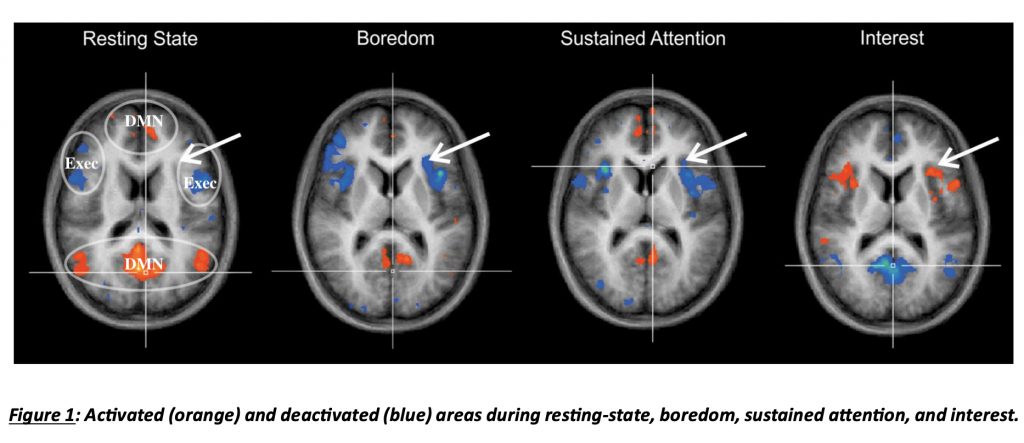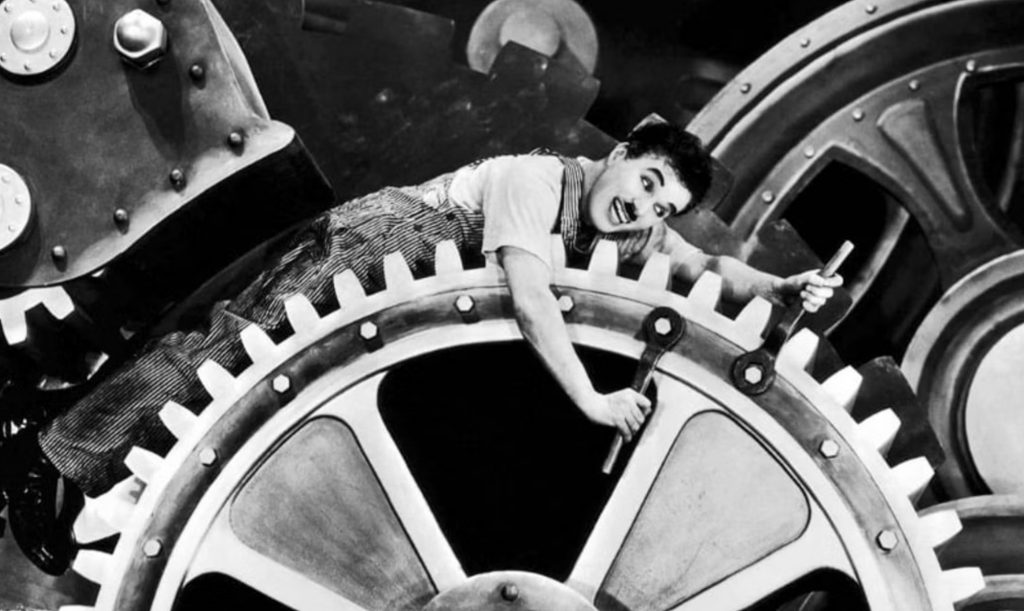This post is also available in Dutch.
Getting bored at work has metamorphosed with the rise of industrial mass production. Human workers were progressively replaced by automated systems, resulting in a decisive turning point in human work from assembly-line to supervision. As a result, boredom once caused by monotonous and repetitive manual tasks is nowadays more associated with passive tasks that require sustained attention over extended periods of time (e.g., an air traffic controller watching a screen at 2:00 a.m., waiting for an aircraft to enter his or her sector). Among the many factors that influence boredom, attention lapse and fatigue account for much in how we cope with a “boring task.” Indeed, being distracted and tired emphasizes the perceived “boringness” of a given task. As a result, it is harder to force ourselves to engage in a current task by correcting for a drift of attention. On the other hand, the temptation to freely dive into distractions (by disengaging from work) becomes enhanced. Neuroscientists investigated what happens in the brain when dealing with boredom.

Recently, a neuroimaging study compared the activity of the human brain during videos expressly made to elicit either high interest or complete boredom (figure 1, Danckert & Merrifield, 2016). The “interesting” video consisted of a short sequence from the BBC documentary Planet Earth about exotic fauna and flora. The “boring” movie showed two men hanging their laundry during 8 incredibly long minutes. When viewing the boring video (compared to the interesting one), there was a specific activation of a brain network, the so-called default mode network (DMN), that is involved in internal thoughts and creative thinking (see previous blog). Interestingly, this network is similarly activated during lapses of attention (i.e., lack of vigilance) or while resting (i.e., not producing any action). Conversely, activity in the executive network (Exec – the part of the brain involved in the execution of actions) decreases during these rather introspective cognitive states. This is in accordance with the hypothesis that boredom may result from attentional failures, leading to disengagement from the action in progress and a tendency to mind-wander.
As described above, boredom may be induced by a not-so-stimulating visual scene. However, the same phenomenon can occur in response to over-stimulation, such as a highly complex mathematical problem beyond one’s skills. One hypothesis is that boredom arises from a mismatch between a task’s complexity and one’s arousal state. If a task is too easy or too overwhelming, the risk of dropping attention and getting bored increases. With the greater prevalence of automation at work, human workers are at risk of locking themselves into autopilot mode. One solution would be to reach a compromise in the allocation of tasks between humans and machines. In the example of the air traffic controller, there is a debate on establishing a cooperation between the two parts, hereby allowing the controller to autonomously navigate and explore his environment more cleverly and with help from the system.
Although we often choose to fight passivity and boredom rather than embracing them as an opportunity to think creatively, it seems that reaching a balance between active and passive tasks benefits our mood and motivation and, thus, the quality of our work.
Image from the film Modern Times directed by Charlie Chaplin
Author: Kim Beneyton
Buddy: Francesca Abela
Editor: Christienne Damatac
Translation: Wessel Hieselaar
Editor translation: Maartje Koot
